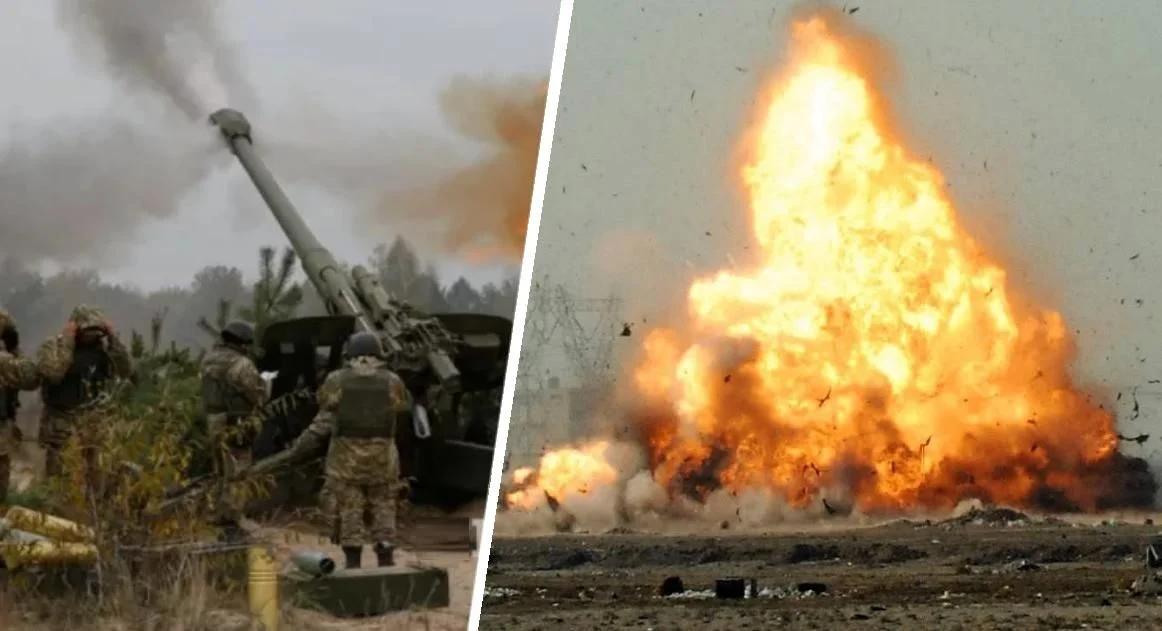
As noted by analysts from the American Institute for the Study of War, Russian troops regularly launch nuclear-capable Iskander ballistic missiles, Kinzhal hypersonic ballistic missiles, and nuclear-capable Kh-101 cruise missiles at Ukraine.
This was reported by URA-Inform with reference to ISW.
Previous Russian missile strikes targeted industrial and critical infrastructure, including within the city of Dnepr, which caused greater damage.
The only fundamentally new feature of the Russian strikes on the city of Dnepr on November 21 was the Oreshnik missile itself, which demonstratively showed its warheads to enhance the spectacle of the strike and further hint at the nuclear threat.
At the same time, they noted that neither the Oreshnik ballistic missile strike nor the inflammatory rhetoric of Russian dictator Vladimir Putin constituted a significant change in the capabilities of a Russian strike or the likelihood of using nuclear weapons.
The West retains reliable deterrence options, and the clang of Putin's nuclear weapons should not deter Western officials from deciding on further assistance to Ukraine. US Central Intelligence Agency (CIA) Director Bill Burns has warned Western politicians against concerns about Putin's nuclear rhetoric in September 2024, calling Putin a “bully” who “will continue to rattle his sabre from time to time.”
Russia may also soon strike at the Verkhovna Rada: information has emerged.

